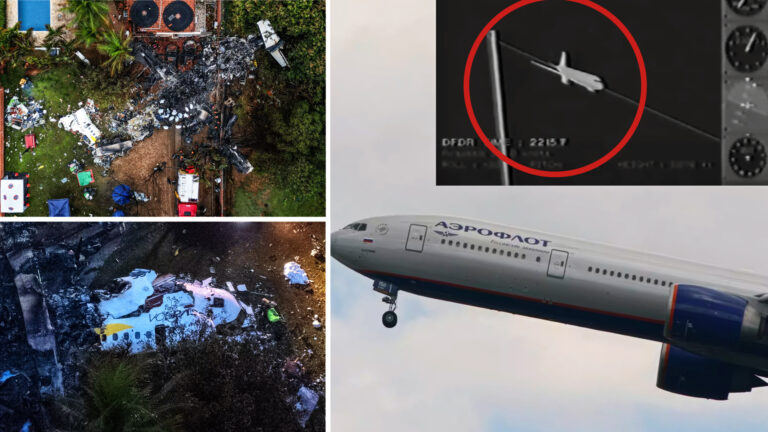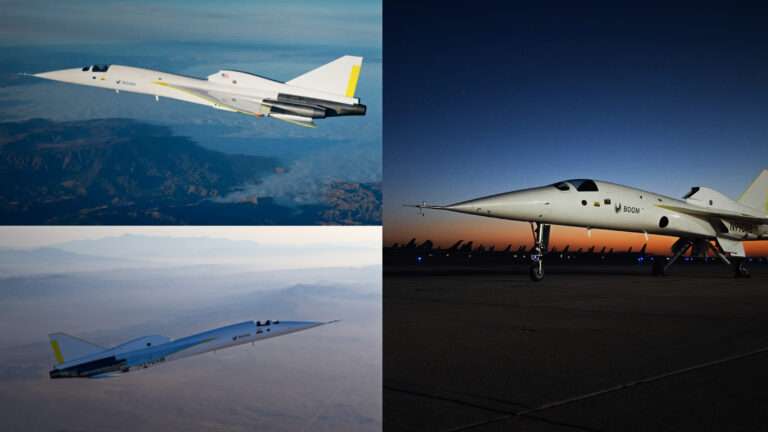The Aurora Borealis is Back: A Stunning Light Show You Won’t Want to Miss!
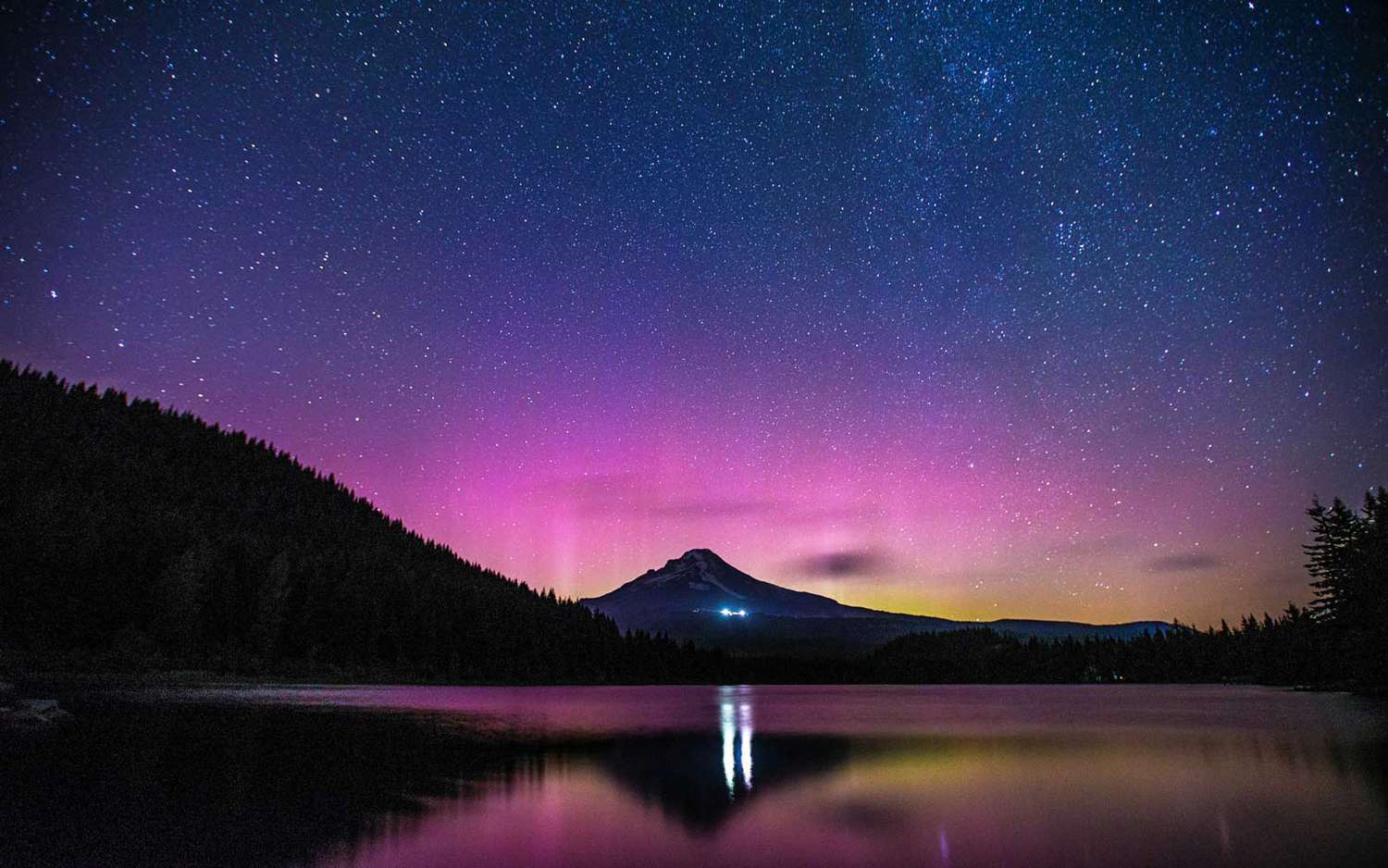
If you’ve ever dreamed of seeing the Northern Lights, now might be your chance! The aurora borealis is making a dazzling return and is expected to be visible through the weekend in certain parts of the U.S. But what exactly is happening in the skies, and where should you go to catch this spectacular natural phenomenon? Let’s take a closer look at what’s going on—and why this weekend could be one of the best opportunities to see the auroras in all their glory.
What’s Behind the Light Show?
On January 20th, the Sun experienced a coronal mass ejection (CME)—essentially a giant burst of solar wind and magnetic fields erupting from the Sun’s atmosphere. This solar event, classified as an M5.5-class flare (a medium-strength solar flare), sent plasma particles hurtling toward Earth, sparking what we know as the aurora borealis, or Northern Lights.
This solar storm, known as a G2-level geomagnetic storm (moderate in strength), is expected to make its way to Earth over the next few days. According to NASA, it’s likely that this storm will produce a breathtaking display of lights across parts of the Northern Hemisphere, especially in regions near the poles. In other words, it’s time to look up and get ready for a show!
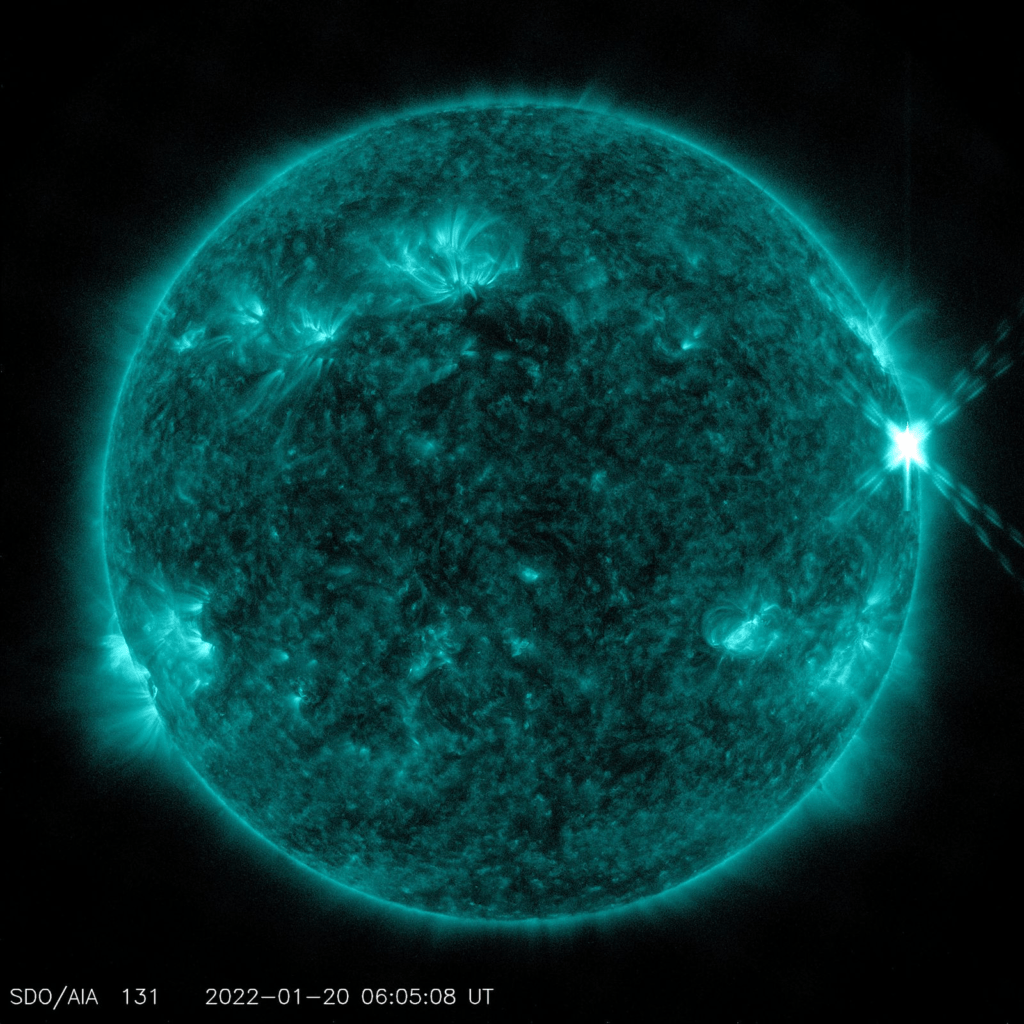
Credits: NASA/SDO
Best Places to See the Aurora Borealis
So, where can you catch the aurora borealis this weekend? The good news is that you don’t have to travel far. The Northern Lights are expected to be visible in several states across the U.S., particularly in the northern regions. If you’re in one of these states, and the weather cooperates, you might just be in for a treat:
- Washington
- Idaho
- Montana
- Wyoming
- North Dakota
- South Dakota
- Iowa
- Michigan
- New York
- Vermont
- New Hampshire
- Maine
On Friday evening, parts of Wyoming, northern Iowa, northern New York, Vermont, and New Hampshire are predicted to see the aurora in its most intense and visible form. For those eager to catch the peak of the storm, the solar flare’s strongest phase is expected to occur in the early hours of Saturday. If you miss it then, don’t worry—Sunday evening into Monday, the auroras will still be visible, although the display may be slightly dimmer as the storm begins to fade.
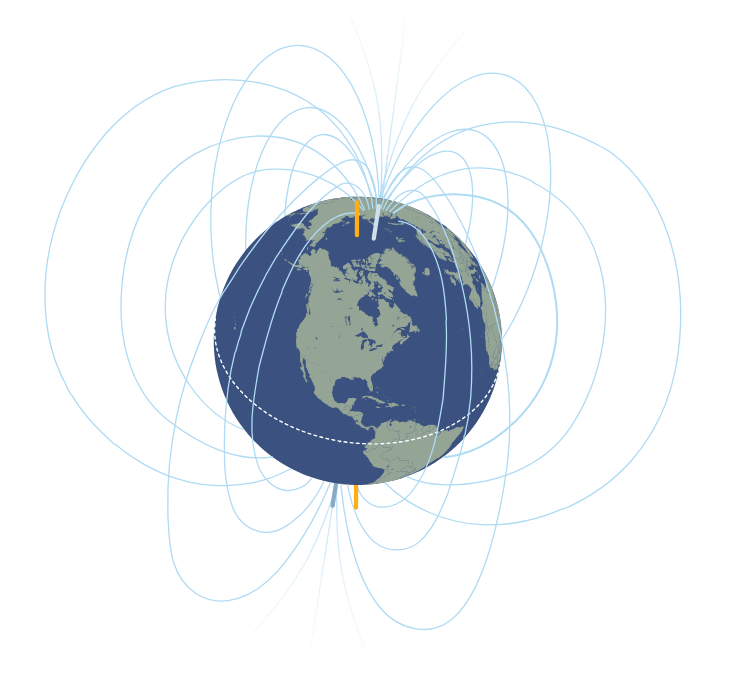
How Does This Phenomenon Work?
Earth’s magnetic field acts as a protective shield, blocking most of the charged particles from the Sun. However, when solar winds—streams of charged particles released by the Sun—are particularly strong, they can disturb this magnetic field, creating the stunning lights we know as auroras. These lights are formed when these particles collide with gases in the Earth’s atmosphere, exciting the atoms, which then release energy in the form of light.
The colors we see—green, red, blue, and purple—depend on which gas molecules are involved. Oxygen emits green and red light, while nitrogen gives off blue and purple hues. The result? A breathtaking natural display that has been captivating skywatchers for centuries.
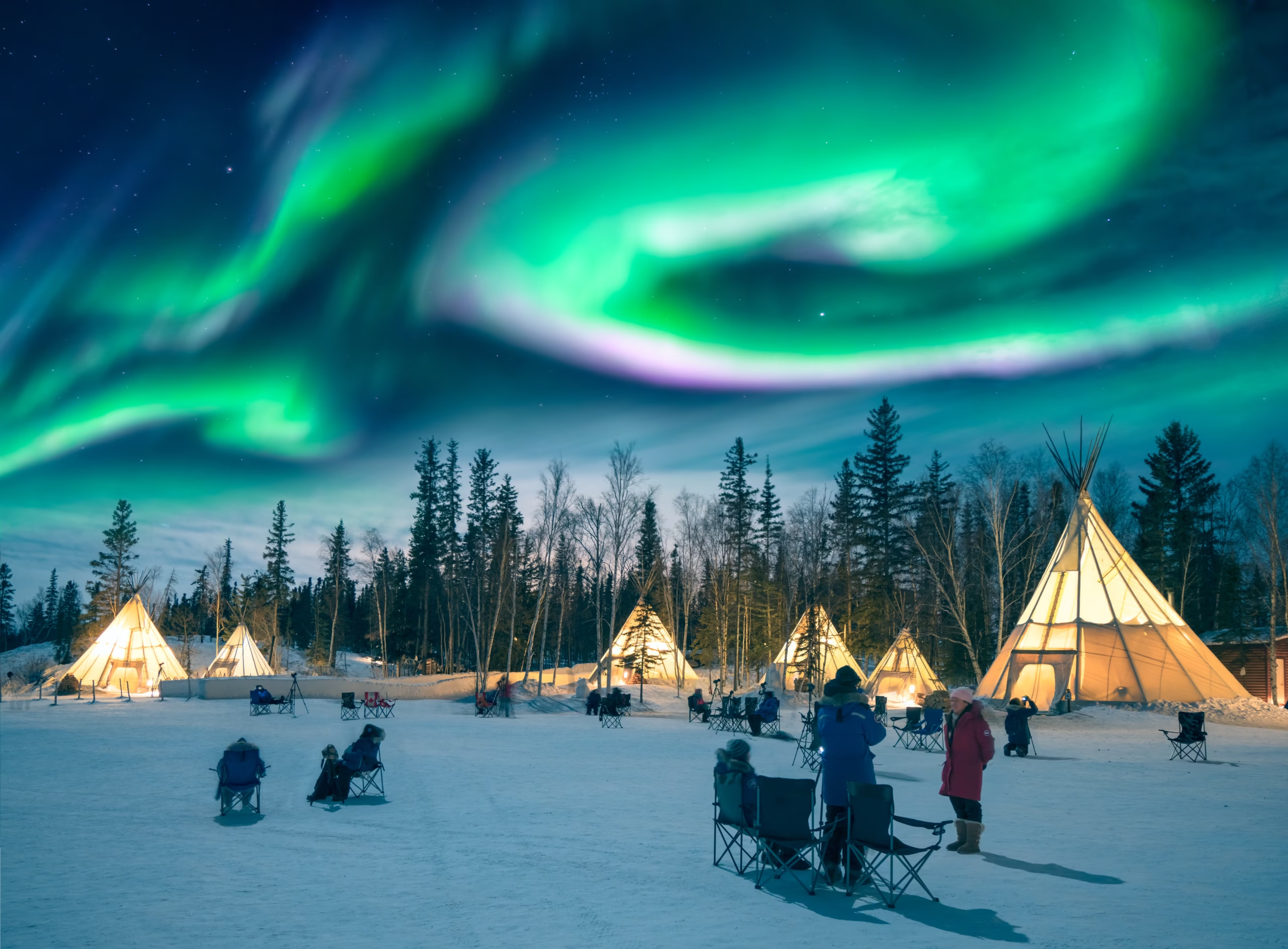
Earth’s Magnetic Field: Our Invisible Shield
You might be wondering: if this is all happening in space, how does it affect us on Earth? The answer lies in Earth’s magnetic field, which acts as a shield, protecting us from the solar winds. When the storm is strong enough, this shield can be temporarily disrupted, allowing the solar particles to interact with the gases in the atmosphere, resulting in the awe-inspiring aurora borealis.
While these events can occasionally be seen across the U.S. and even Europe during particularly strong solar storms, they are relatively rare. In fact, one of the most extreme events in history occurred back in 1958, when the aurora was visible as far south as Mexico City—something astronomers say happens only once in a while.
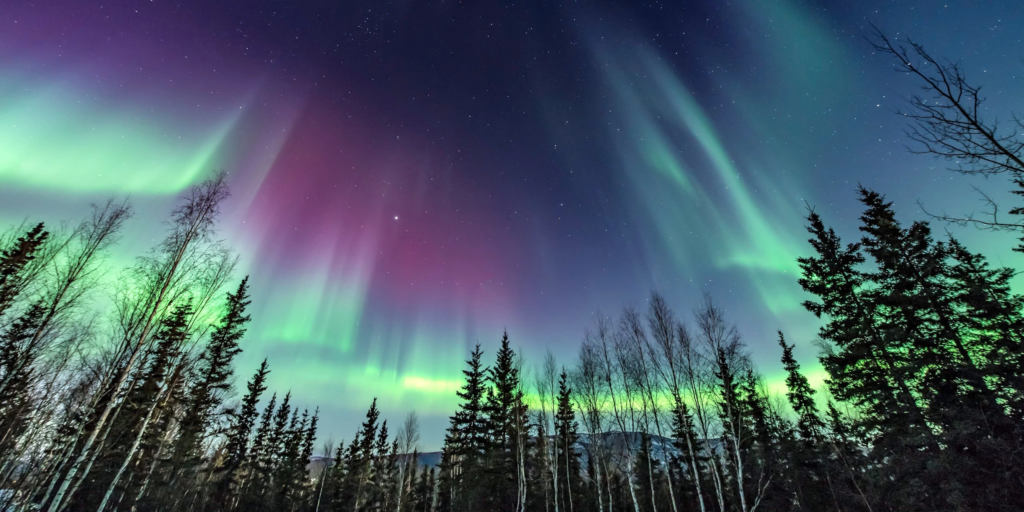
Don’t Worry If You Miss It!
If you’re unable to witness this weekend’s aurora borealis, don’t fret. The solar maximum—the peak of the Sun’s 11-year activity cycle—has just begun. This means that over the next few years, we can expect an increased frequency of solar flares and geomagnetic storms, leading to more opportunities for aurora displays. NASA astronomers have already predicted that this phase of solar activity will continue into the late 2020s, so keep your eyes on the skies in the coming years!
Conclusion
With the aurora borealis lighting up the skies this weekend, there’s no better time to get outside and gaze upward. Whether you’re an experienced aurora chaser or a first-time observer, the Northern Lights are a natural spectacle you won’t want to miss. And remember, if you don’t catch them this time, there will be plenty more opportunities in the years to come as the Sun’s activity continues to ramp up. So, grab a warm jacket, head to a dark spot with clear skies, and enjoy the show!
Have you ever seen the aurora borealis before? What’s the most mesmerizing natural phenomenon you’ve witnessed with your own eyes?



